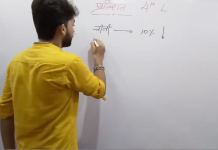IIT-JEE And NCERT Full Course. Each and Single Topic will be cleared on this youtube channel.
Topic Covered:
GPS (Global Positioning System)
GPS Device
————————————————————————————————————————–
Transmitter
(a) It process and encode the information and make it suitable for transmission.
(b) The message signal for communication can be analog signals or digital signals.
(c) An analog signal can be converted suitably into a digital signal and vice-versa.
(d) An analog signal is that in which current or voltage value varies continuously with time.
Analog signal
A signal in which current or voltage changes its magnitude continuously with time, is called an analog signal.
Digital signal
A signal in which current or voltage have only two values, is called a digital signal. An analog signal can be converted suitable into a digital signal and vice-versa.
Modulation
The process of superimposing the audio signal over a high frequency carrier wave is called modulation.
Amplitude Modulation
In this type of modulation in which the amplitude of a high frequency carrier wave is varied in accordance with some characteristic of the modulating signal.
Frequency modulation
In this type of modulation, the frequency of high frequency carrier wave is varied in accordance to instantaneous frequency of modulating signal.
Pulse modulation
In this type of modulation, the continuous waveforms are sampled at regular intervals. Information is transmitted only at the sampling times.
Demodulation
The process of separating of audio signal from modulated signal is called demodulation.
Antenna
An antenna converts electrical energy into electromagnetic waves at transmitting end and pick up transmitted signal at receiving end and converts electromagnetic waves into electrical signal.
Modem
The term modem is contraction of the term modulator and demodulator. Modem is a device which can modulate as well as demodulate the signal. It connect one computer to another through ordinary telephone lines.
Fax (Facsimile telegraph)
The electronic reproduction of a document at a distant place is called FAX.
Radio waves
The radio waves are the electromagnetic waves of frequency ranging from 500 kHz to about 1000 MHz. These waves are used in the field of radio communication.
Ground wave or surface wave propagation
It is suitable for low and medium frequency upto 2 MHz. It is used for local broad casting.
Sky wave propagation
It is suitable for radiowaves of frequency between 2 MHz to 30 MHz. It is used for long distance radio communication.
(a) Critical frequency
The highest frequency of radio wave that can be reflected back by the ionosphere is called critical frequency.
(b) Skip distance
The minimum distance from the transmitter at which a sky wave of a frequency but not more than critical frequency, is sent back to the earth.
(d) Fading
The variation in the strength of a signal at receiver due to interference of waves, is called fading.
Space wave propagation
It is suitable for 30 MHz to 300 Mhz. It is used in television communication and radar communication. It is also called line of sight communication.
Range is limited due to curvature of earth. If h be the height of the transmitting antenna, then signal can be received up to a maximum distance
Microwave communication is used in radar to locate the flying objects in space.
These waves can be transmitted as beam signals in a particular direction, much better than radio wave.
There is no diffraction of microwave around corners of an obstacle which happens to lie along its passage.
Satellite communication
It is carried out between a transmitter and a receiver through a satellite. A geostationary satellite is utilized for this purpose, whose time period is 24 hours.
Geo-synchronous orbit
The orbit in which the geo-satellite above revolves around the earth is known as geo-synchronous orbit.
Remote sensing
It is a technique of observing or measuring the characteristics of the object at a distance. A polar satellite is utilized for this purpose.
LED and Diode laser
(a) Light emitting diode (LED) and diode laser are preferred sources for optical communication.
(b) Each produces light of suitable power required in optical communication. Diode laser provides light which is monochromatic and coherent
(c) LED provides almost monochromatic light. This suitable for small distance transmission.
Optical fibers
source



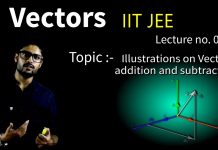
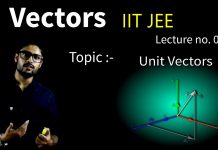






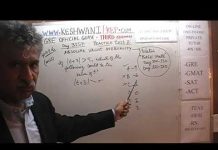

![CY_GATE_2019_PHYSICAL_SPECTROSCOPY_[ELECTRONIC_BASIC]_All IN ONE_[Short_Trick]_2018-19_PART_1ST - Videos](https://trends.edugorilla.com/wp-content/uploads/sites/8/2018/08/cy_gate_2019_physical_spectroscopy_electronic_basic_all-in-one_short_trick_2018-19_part_1st-218x150.jpg)



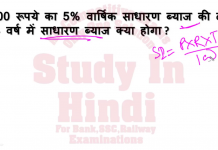
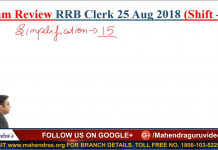
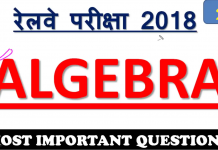
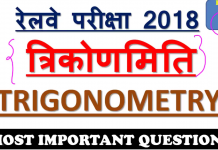
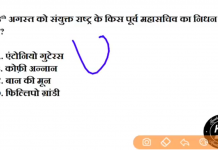
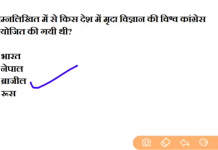
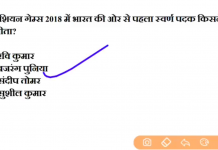





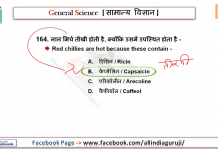


![24 August 2018 – The Indian Express Newspaper Analysis हिंदी में – [UPSC/SSC/IBPS] Current affairs - Videos](https://trends.edugorilla.com/wp-content/uploads/sites/8/2018/08/a520-218x150.png)
